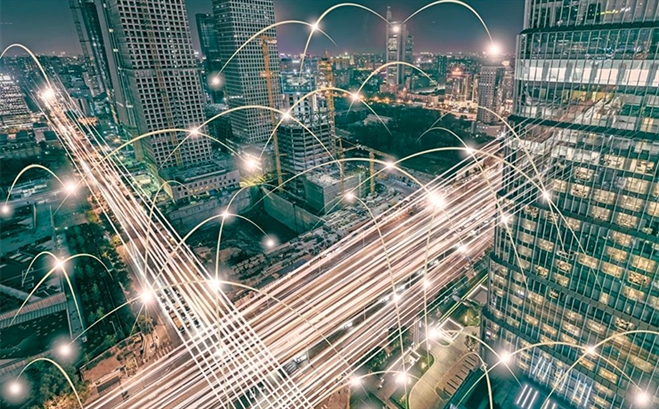How to Turn Your Smart City Into a Connected Community
March 07, 2019 by Jeff Green

Connected communities realize the potential of connecting data and processes across jurisdictions to solve problems, create a more just society, and enhance quality of life for residents. Are smart cities already connected communities? In part, yes. But there are important distinctions between the two. Understanding these distinctions can enable governments to clear hurdles, strategically plan for long-term success, and broaden connections to chip away at society's greatest issues in the way that only local governments can.
Is the Smart City Still Smart?
Over the years, the "smart city" has evolved from concept to practice nationwide, as governments of all sizes have made various adjustments to keep pace with the digital world. As citizens expect faster results from their local governments that match their private-world digital experiences, smart cities must continue to push to keep up with innovation and avoid plateau. Common advancements include breaking down data silos, automating workflows, effectively using big data, and presenting agency information in consumable, actionable ways. And we know that these advancements don't happen in a vacuum — they happen while governments are also doing their most important work: delivering core services to residents amid workforce, political, and resource uncertainties.
What supports smart city evolution and makes this all possible is a strong digital foundation. "Just as a community needs a physical infrastructure to support roads, utilities, and building development, it needs a digital infrastructure to support the essential services that make government operate," my colleague Bruce Graham, chief strategy officer of Tyler Technologies, often notes. Smart cities aren't so smart if their adjustments remain app-driven, or only surface-deep.
A truly smart city has a solid technology base and integrated core back-office systems. Creating a modern tech infrastructure provides the foundation that enables the functionality and scalability necessary for sustained smart city growth. That modern, digital infrastructure also does something else: It propels governments past stagnation and readies them to become connected communities.
Connected Communities — A Blueprint
Connected communities have a broader vision than smart cities. Smart city initiatives generally focus on improving efficiencies within one jurisdiction. In order to solve some of society's biggest problems — homelessness, the opioid crisis, equitable access to justice, and more — the greatest potential lies in connecting data and processes across jurisdictions. These connections make communities safer, smarter, and more responsive to the needs of residents. Smart cities then become part of connected communities.
Connected communities are about data sharing and integration. While there are many proven techniques to bring disparate data sources together, a city should move through these phases:
- Defining integration and data sharing between internal departments;
- Streamlining interactions with the public; and
- Linking together and automating business processes across jurisdictions.
When city, county, and regional government services are connected within a healthy digital infrastructure, data-driven decisions empower employees, and residents are served better and faster. New opportunities for innovation and partnerships emerge, enhancing communities' health and vibrancy.
To explore smart cities and connected communities in-depth, download Tyler's newest white paper, Are We Approaching Smart Cities the Wrong Way? Building a Digital Foundation that Won't Crumble, today.